Discover the benefits of using native trees to create a beautiful and sustainable fall landscape.
Introduction
Native trees play a crucial role in landscaping, offering benefits such as support for local wildlife, reduced maintenance, and environmental sustainability. Fall is a unique time to enhance your outdoor space, and native trees can help you achieve a stunning and eco-friendly landscape.

Section 1: Understanding Native Trees
Native trees are those that naturally occur in a specific region, making them well-suited to local climates and ecosystems. Deciduous and evergreen trees are common types in various regions. Choosing native trees ensures they thrive in your garden with less effort and fewer resources.
Section 2: Reasons to Incorporate Native Trees in Fall Landscaping
Aesthetic Appeal
Fall foliage is one of the most striking features of many native trees. Trees like the Sugar Maple and Red Oak display brilliant colors, adding vibrancy and texture to your fall garden.
Wildlife Support
Native trees provide essential food and shelter for local wildlife, especially during the fall. Birds, insects, and small animals benefit from the seeds, fruits, and protection these trees offer.

Environmental Benefits
Native trees contribute to carbon sequestration, improving air quality. They also prevent soil erosion and enhance water retention, making them a vital part of a sustainable landscape.
Section 3: Choosing the Right Native Trees for Your Garden
Assessing Your Space
Before planting, assess the available space, sunlight exposure, and soil conditions. Choose trees that fit your garden's size and design, considering their mature height and growth habits.
Popular Native Trees for Fall Landscape
Select trees based on their hardiness zones. For example, Eastern Redbud thrives in zone 5-9, while the American Hornbeam suits zones 3-9. Ensure the tree you choose matches your region's climate and soil.
Section 4: Tips for Planting and Caring for Native Trees in Fall
Optimal Planting Times
Fall is an excellent time to plant native trees because the cooler temperatures reduce stress on new plants. Prepare the soil well, ensuring it is loose and well-drained.

Watering and Mulching
Water newly planted trees regularly and apply mulch to protect their roots through the winter months. Mulch helps retain moisture and regulates soil temperature.
Monitoring and Maintenance
Monitor your trees for signs of stress, such as yellowing leaves or pest infestations. Regular pruning and pest control help keep your trees healthy through the fall and winter.
Section 5: Designing Your Fall Landscape with Native Trees
Creating Focal Points
Use native trees to create focal points in your garden. For example, a Red Maple with its vibrant red leaves can serve as a centerpiece in a contemporary or rustic design.
Complementing with Other Plants
Layer your garden with native shrubs and perennials that complement your trees. Plants like Spicebush and Black-eyed Susan work well alongside trees, providing seasonal interest and biodiversity.







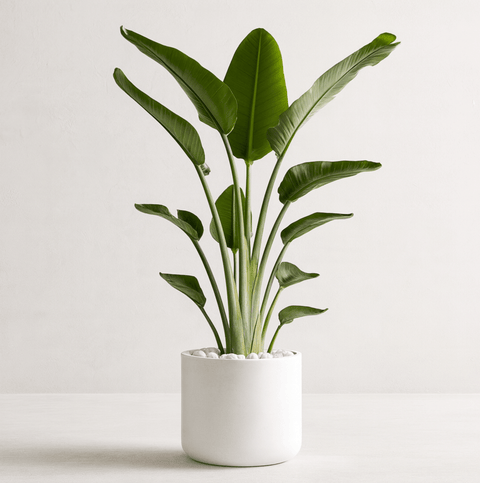


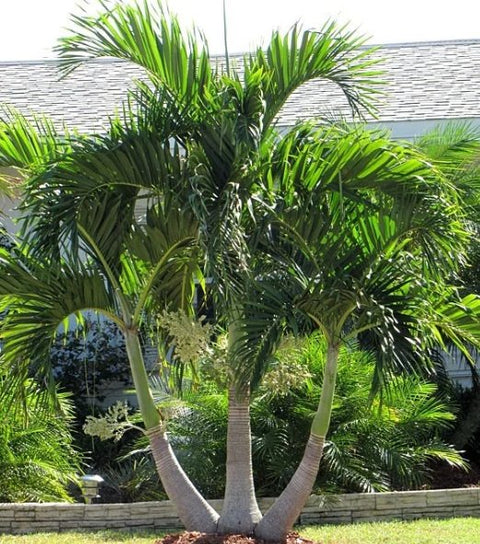
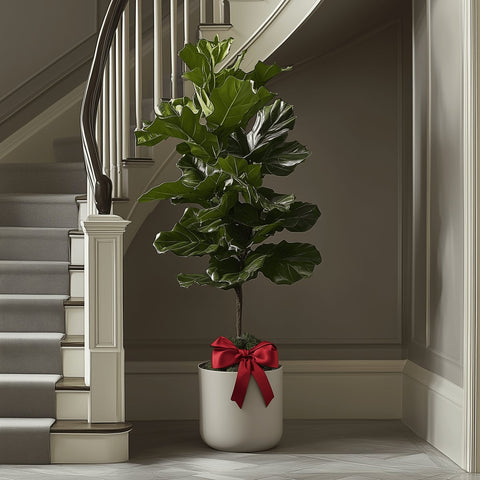


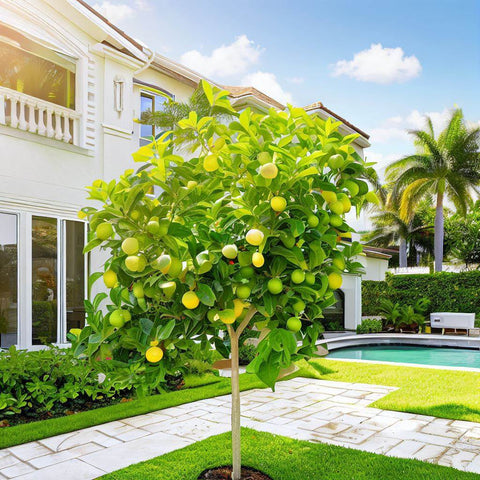



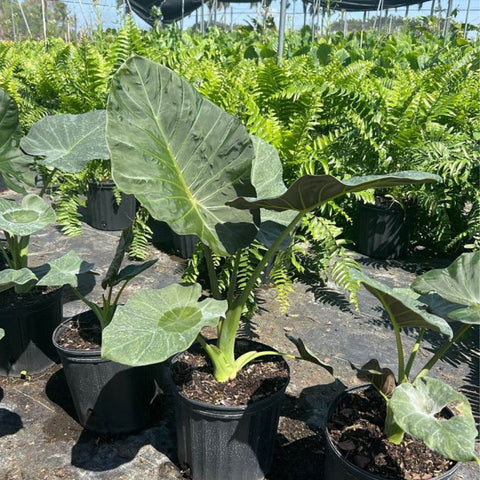












Comments (0)
There are no comments for this article. Be the first one to leave a message!